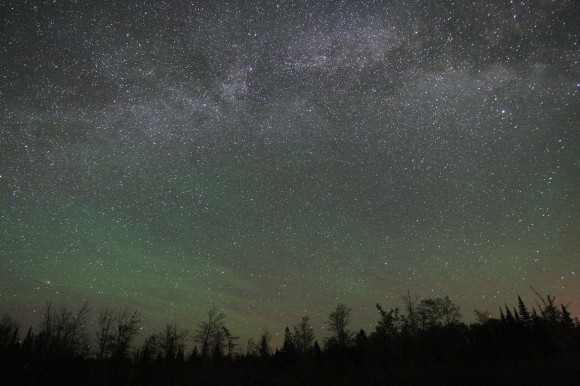Although this is a hypothetical, I think it is nevertheless a legitimate physics problem. I would very much appreciate any answers you can give.
What colour would the sky be, both at daytime and at nighttime, on a small (little over mars-size) moon located 150.3 million km from its yellow dwarf binary star with an unusually high atmospheric temperature and an atmosphere with the following composition:
Argon- 80%
Oxygen- 12%
Nitrogen- 5%
Hydrogen- 0.73%
Neon- 0.22%
Carbon dioxide- 0.05%
There are also thin-spread particles of Zincite floating around in the outer atmosphere due to volcanic eruptions millions of years ago. The sky of this world is high in water-vapour, the average humidity being about 70%. The atmospheric density is 50x that of earth.


Best Answer
I don't claim to be a physics or astronomy expert or anything, but here's what I found. Someone asked a question similar to yours, with similar percentages of elements in the atmosphere (80% argon, 20% oxygen). Obviously the answer to the question given will not be perfect, given that the question asked there refers to a planet orbiting a white star, but here it is:
Since that answer is for a planet orbiting a white star and you're asking about a yellow star, I would figure that your moon who have a blue-greenish tinted sky. Also, you state that nitrogen is present in the atmosphere, but as nitrogen gas is colorless (at least to humans), it wouldn't affect the sky color. The other gases you mention are in very small quantities, so their impact on the color of the sky would be unnoticeable.